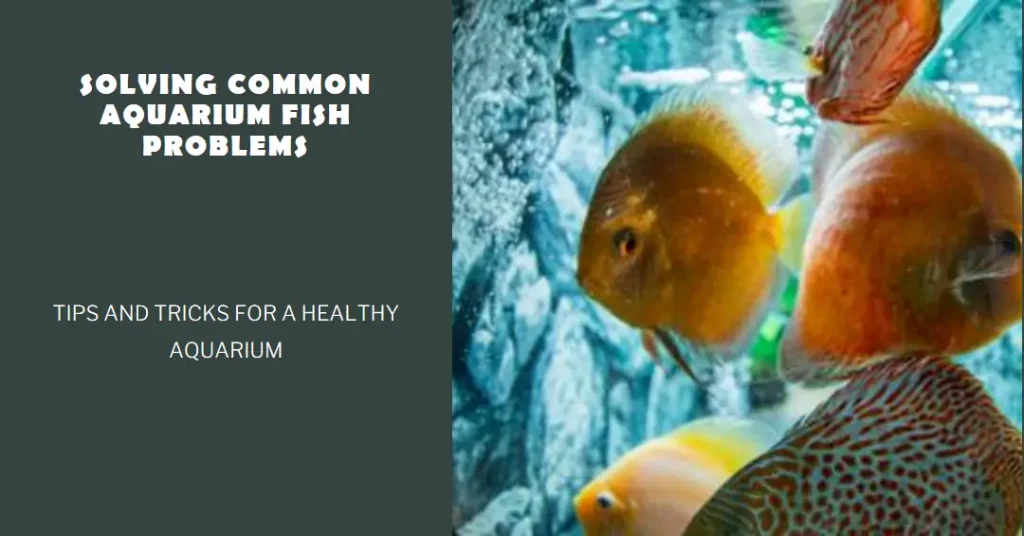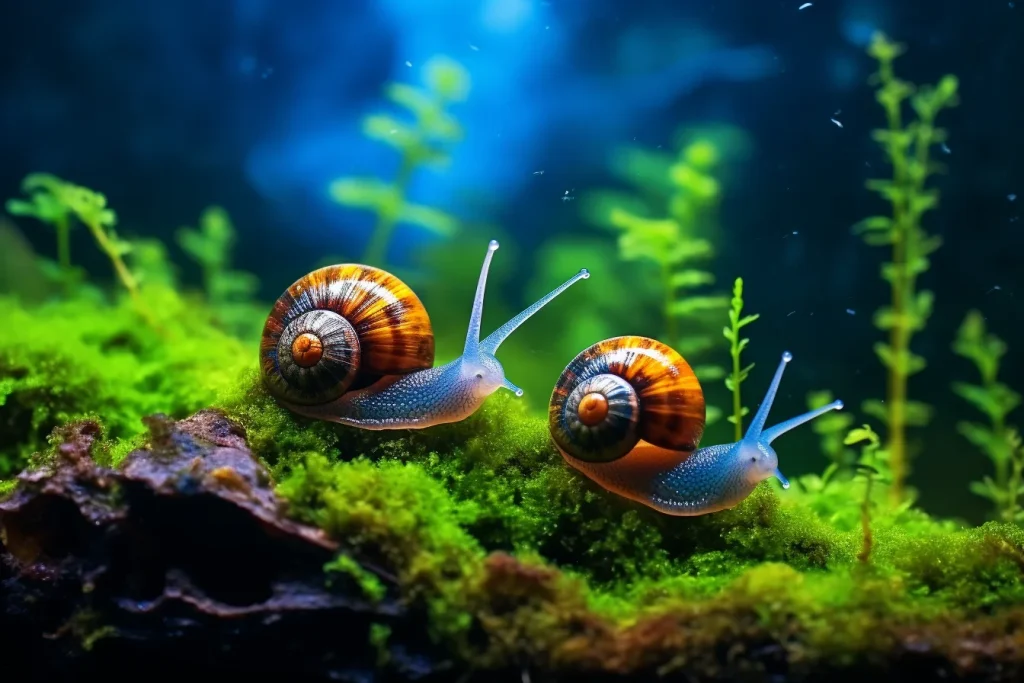Introduction
Owning an aquarium can be a rewarding hobby. The tranquil beauty of a home aquarium with brightly colored fish swimming among vividly hued live plants can reduce stress and bring joy. However, aquarium owners often face frustrating issues keeping their fish healthy and their water chemistry balanced. Being aware of common problems and how to prevent them is key to maintaining an appealing, thriving freshwater or saltwater aquarium.
II. Water Quality Problems
Water quality issues are the most prevalent challenge in home aquariums. Even slight imbalances or accumulation of compounds can stress fish and lead to deteriorating health.
A. Algae Growth
Algae is a common nuisance in tanks exposed to sunlight. Rapid algae growth clouds water, blocks light from reaching plants, and fouls surfaces. Reducing light exposure, removing excess nutrients, adding algae eaters, and improving water circulation helps control algae.
B. Ammonia Spikes
Ammonia, excreted from fish as waste, is highly toxic. Biological filtration converts ammonia to nitrite then nitrate but can become overwhelmed, allowing ammonia to rapidly accumulate. Regular water testing and changes removes this waste buildup before it harms tank inhabitants.
C. pH Imbalances
pH indicates water acidity or alkalinity. Fluctuating pH stresses fish optimized for specific levels. Adding chemicals buffers pH but regular testing ensures levels remain steady within the desired range.
D. Low Oxygen
Insufficient surface agitation or water circulation causes oxygen levels to drop. Symptoms like gasping at the surface means more surface disturbance, aeration, or water changes are required to restore oxygen.
E. Nitrate and Nitrite Buildup
Nitrite and nitrate also accumulate from fish waste. Though less acutely toxic than ammonia, elevated levels long-term threaten health. Partial regular water changes remove these nitrogen compounds before they reach unsafe concentrations.
III. Behavioral Changes
Observing fish behavior provides early indication of stress or sickness. Changes from normal feeding patterns or activity levels signal issues requiring attention.
A. Loss of Appetite
Healthy fish eagerly consume offered food. Losing interest in eating often results from deteriorating water quality but could also indicate developing disease. It warrants water testing and condition improvements.
B. Difficulty Swimming
Labored, abnormal swimming motions like floating sideways signal something physically wrong. Buoyancy issues often accompany swim bladder disorders or bacterial infections needing medication.
C. Rubbing Against Objects
Flashing, or rubbing on tank surfaces tries alleviating irritation from flukes, parasites or fungal infections. Skin flukes are microscopic parasites requiring anti-parasitic remedies to eliminate.
D. Abnormal Swimming Patterns
Erratic swimming like darting or spinning indicates neuron damage from water conditions. Immediately improving water quality gives the best chance of reversing harm before permanent.
IV. Disease and Health Issues
Aquarium diseases arise from introductions of infected fish, plants or eggs on surfaces. Recognizing common illnesses allows prompt intervention, protecting other tank inhabitants through treatment or quarantine.
A. Common Diseases
Fin rot, ich, velvet, dropsy and fish tuberculosis are among most prevalent aquarium fish diseases. Each has distinct symptoms and tailored remedies from medications, improved diets or tank adjustments.
B. Symptoms and Treatment
Noting onset of behaviors like flashing, labored breathing, clouded eyes, frayed fins, spots, swelling or emaciation means identifying and addressing root causes before disease progresses.
C. Quarantine Importance
Introducing new fish risks exposing resident fish to pathogens. Keeping new additions isolated several weeks allows observing for arising health issues before adding to display tanks.
V. Conclusion
Caring for home aquariums carries many inherent challenges but brings great enjoyment. Preventing frustration over easily avoided common problems allows focusing on aquascaping creativity and relaxing while viewing your aquatic oasis. Test water frequently, perform regular maintenance, isolate sick fish and learn distinguishing disease signs. Your attentive fishkeeping efforts will maintain a gorgeous and thriving underwater habitat.



